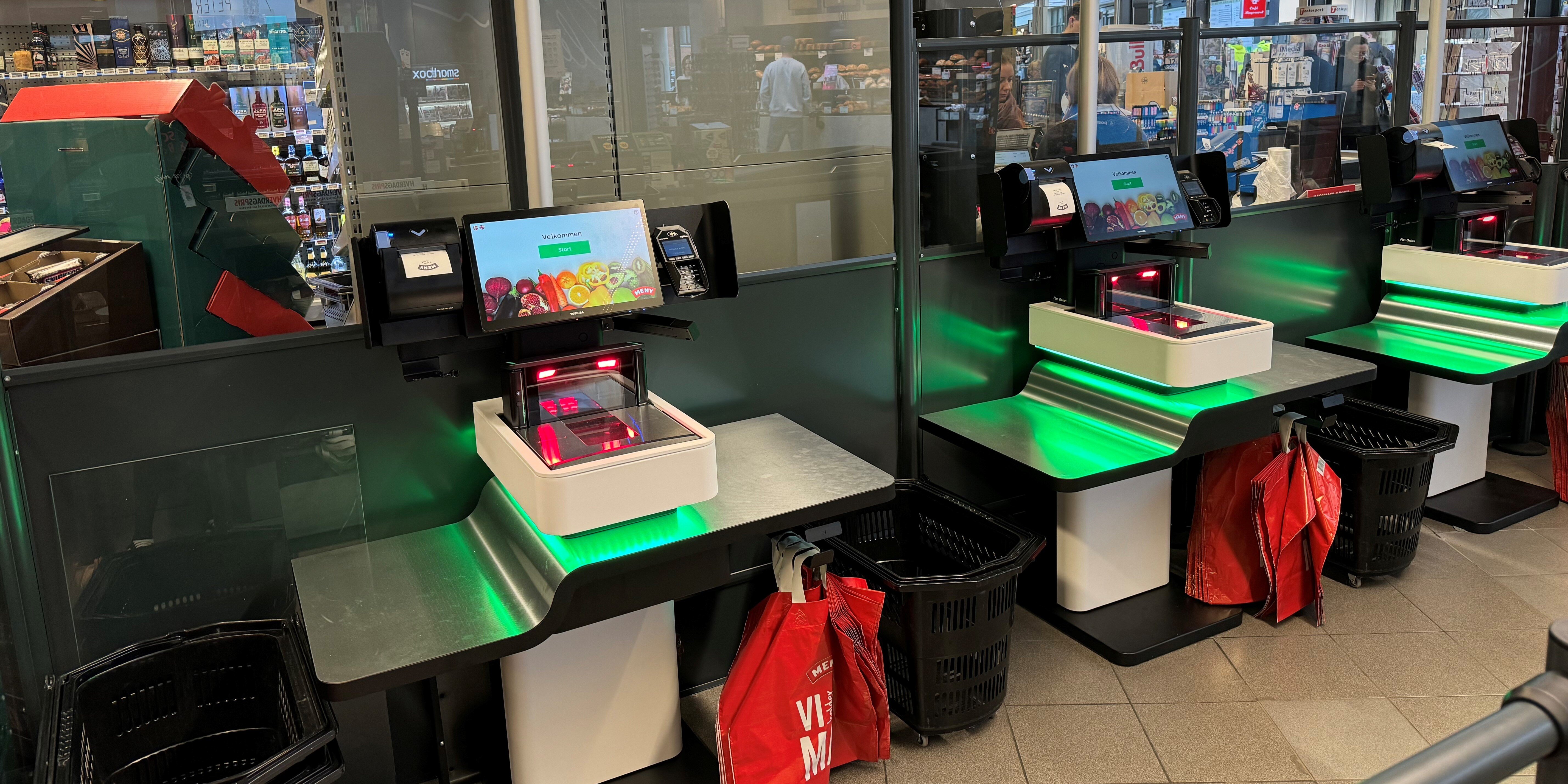The majority also offer elements of omnichannel, but according to the digital consulting company Impact, only a few retailers manage to offer an omnichannel experience at a basic level - or as they write:
Most retailers and brands offer basic omnichannel features. But only 5% of the companies we analysed offer the nine features that we have defined as BASIC omnichannel
- Impact
Do you want to know more about what omnichannel is and entail? Read here and get in-depth answer to the question: What is omnichannel?
With basic omnichannel, Impact means: the absolute minimum of services retailers today must offer to remain relevant. If they do not provide these, it will affect their sales. These services are more specifically the following nine:
1. Show their opening hours online
2. Offer mobile payment in-store
3. Offer mobile payment online
4. Upsell online by recommending other products
5. Offer 'return a product bought online, in-store'
6. Offer Click and Collect
7. Use product data at a solid level
8. Show physical stores' stock online
9. Offer electronic receipt in-store
Why do only a few retailers succeed with offering basic omnichannel?
In Impact's survey, only 5 percent of the analyzed retailers offer at least the nine mentioned services and thus manage to offer basic omnichannel. Impact points out that one of the reasons is outdated IT systems that do not support the idea of a seamless shopping experience. Essential omnichannel functions, such as the ability to look up stock status across stores and to be able to store the shopping cart across channels and devices, are challenging to implement on older systems. According to Impact, if you want to master omnichannel, you must invest in systems that can handle the task - and we agree!
In this blog post, however, we will dive further into the possible reasons you are not succeeding in offering an omnichannel experience.
1. You have confused omnichannel with multi channel
Omnichannel and multi-channel can be confused because both business models involve selling your products through more than one channel. However, the difference is significant and can be found in your sales channels' ability to work together. When you have a multi-channel business model, your channels are divided into silos and handled as two or more independent channels. This means that your channels - fx your physical store and webshop - will typically be decentrally managed with separate inventory, price calculation, PIM, logistics, business idea, marketing strategy, etc.
The consequence is that the customer will meet different prices, stock status, etc., depending on where they shop with you. This also means that they cannot use a gift card purchased in your physical store on your webshop or return an item purchased on your webshop in your physical store. The purpose of omnichannel is to give customers a seamless and smooth shopping experience, and you will not succeed if you do multi-channel. You, therefore, need to break down the silos and stop thinking in several different channels.
For example, you should work with one common warehouse for all your channels. Customers will find it incredibly frustrating not to find the product they are looking for on your webshop and then later find out that it is available in your physical store. In addition, you must ensure that your prices are the same everywhere. If your customer bought a product in your physical store earlier in the day and then comes home and discovers that the product is selling 20 percent cheaper on your webshop, it will result in even more frustration.
2. Your sales channels are not properly integrated
To succeed in offering omnichannel rather than multi-channel, it requires that your sales channels can communicate - and they can only do so if they are properly integrated. Poorly integrated sales channels will result in gaps, delays, and incorrect communication between your delivery services, warehouse, website, customer service, etc. You will thus not have control over your inventory, orders, and sales - and it will affect the customer experience with your business.
Replacing all your incohesive and poorly integrated systems with modern and integrable solutions is a hugely important step on the road to becoming an omnichannel champion.
At Fiftytwo, we have over the years provided omnichannel solutions that have enabled our customers to connect all their sales channels. With one business logic, you can manage your data from one place and ensure the same prices on all your channels, fx both on your webshop and on your electronic shelf labels in your store. Read more here.
3. You do not invest what is necessary in the project
Many traditional retailers are willing to invest a lot in store openings in new locations - renting facilities, new furniture, new employees, etc. The idea of investing in new systems, on the other hand, seems daunting and as an uncertain financial investment. This is probably because traditional retailers have been more involved with physical retail and are more comfortable estimating how much a store opening will cost and how much they will get back in return. Investing in new software solutions is out of their comfort zone, and therefore the necessary investments are not made to achieve omnichannel success. According to a study by PwC, budget constraints are one of the most frequently used explanations for an omnichannel failure.
Do you recognize yourself and your business in the above? Then it would help if you considered whether your current investments are meaningful in terms of keeping up with the development of the retail industry.
4. Different areas of responsibility - different goals
If the structure of your business is similar to most other retailers, you probably have a team with the overall responsibility for store operations, one for purchasing, one for marketing, and maybe even one for e-commerce, but do you have a team responsible for omnichannel? This is an essential feature if you want success across your sales channels. Often different departments have different goals. Therefore, it is necessary to establish a function that can go across departments and unite goals and initiatives that strengthen the company's ability to run omnichannel.
Conclusion
If you want to offer your customers a real omnichannel shopping experience, then you need to not only be present on several different channels, your channels must also work together. To succeed requires that your solutions are flexible and integrable, which means you must invest in the project. Lastly, it would help if you had a function in your business to unite goals and initiatives across departments and drive your omnichannel success.



